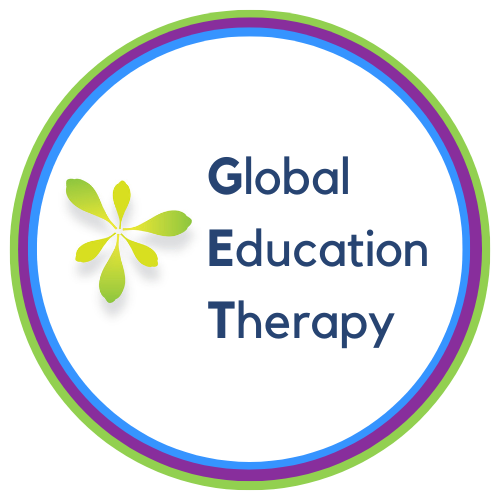Exploring the Connection Between Autism and Disfluent Speech
Autism Acceptance Month: Celebrating Neurodiversity and Embracing Differences!
Autism Acceptance Month is an exciting time to celebrate the incredible diversity of the autism spectrum and the unique gifts that individuals with autism bring to our world. Gone are the days of mere "autism awareness" - now it's all about full-fledged acceptance and embracing neurodiversity in all its glory.
During this special month, let's shout from the rooftops about the brilliance, creativity, and invaluable perspectives of the autism community. ASD individuals aren't just to be "tolerated" - they enrich our lives in countless ways with their boundless imagination, laser-sharp focus, and refreshingly honest communication styles.
Let's make sure everyone knows that autism is a natural variation of the human experience, not a disorder to be "cured." This month, let's pledge to create more inclusive, accommodating spaces that allow autistic folks to thrive. With open hearts and minds, we can build a world that celebrates autism acceptance in the biggest, boldest way possible!
Understanding Autism Spectrum Disorder (ASD)
Autism Spectrum Disorder (ASD) is a complex neurological condition that affects how a person communicates with and relates to other people. It is a lifelong condition that is present from early childhood, although it may not always be diagnosed right away.
Individuals with ASD can have a wide range of abilities and challenges. Some may have exceptional talents in certain areas, while others may need significant support in their daily lives. Understanding the diversity within the autism spectrum is crucial in providing the right support and accommodations.
The core symptoms of ASD include difficulties with social interaction and communication, as well as restricted or repetitive behaviors and interests. However, the way these symptoms manifest can vary greatly from person to person. It's important to recognize that autism is a spectrum, and each individual's experience is unique.
By educating ourselves about ASD and embracing the diversity it encompasses, we can create a more inclusive and understanding society that supports the needs of individuals on the autism spectrum.
Defining Fluency Disorders: Stuttering vs. Atypical Disfluencies
Fluency Disorders can be a complex and often misunderstood topic. Fluency refers to the smooth, effortless flow of speech. When this flow is disrupted, it can manifest in various ways, including stuttering, cluttering, and atypical disfluencies.
Stuttering is a well-known fluency disorder characterized by stuttering-like disfluencies and other disfluencies.
Stuttering-Like Disfluency: Part word repetition (a-a-apple), whole word repetition (apple, apple), prolongation (aaaa-pple), silent block (word is “stuck).
Other Disfluencies: Interjections (umm, like), revisions (restart sentence), phrase repetition (I want to, want to go), multisyllabic word repetition (my teacher teacher is nice)
Atypical disfluencies aren’t as common and can exist without a true stutter. Research is still very limited.
Atypical Disfluency: Final Part-word repetition (home-ome-ome), mid-word insertion/break (we-he), final sound prolongation (Bus-ssss), final phrase repetition (Cause I, -ause I, -ause I.)
Disfluent Speech Patterns in Autism
While children with Autism can have a true stutter, many present with atypical disfluencies. Atypical disfluency differs from stuttering in that the individual experiences difficulty ending a word rather than starting it. In some cases, the end-of-word repetitions occur immediately after the initial utterance, such as "speech-eech." In other instances, there is a pause before the repetition, like "speech (pause) -eech." This pattern distinguishes atypical disfluency from the more common disfluency associated with stuttering, where the struggle lies in initiating the word.
Providing Comprehensive Support and Understanding
To help a child improve their speech fluency, a speech-language pathologist (SLP) can teach self-monitoring skills to address the following components: Identification, Self-Correction, Programmed Generalization, and Carryover. An SLP will pay careful attention to the child’s learning style and interests, encourage parental involvement and home practice, and engage in individualized counseling.
GET Smooth speech for your child!
Help your child with autism spectrum disorder speak with ease using our online speech therapy services. Get personalized treatment from expert speech-language pathologists to improve speech fluency by scheduling a free consultation with Global Education Therapy today!


